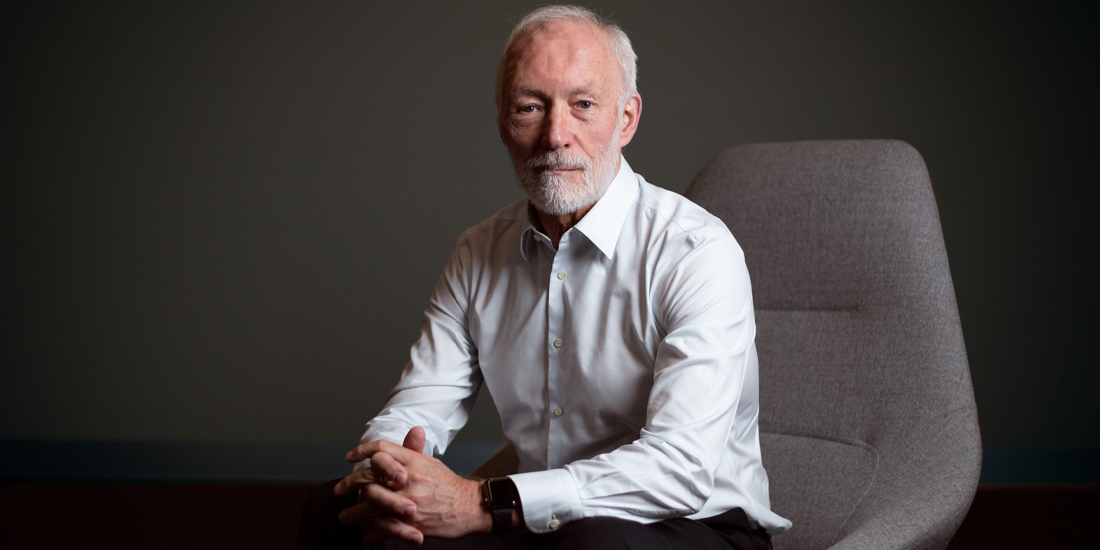
This op-ed was first published in The Age, 15 May 2020.
Written by Professor Patrick McGorry, executive director of Orygen.
Australia has done a remarkable job in flattening the curve of COVID-19 infections and saving precious lives in the first shock of the pandemic.
This has been achieved through decisive actions by federal and state governments acting in concert in the national interest. These policies have worked because politicians have followed expert medical advice based upon scientific evidence, and guided by dynamic modelling of the rates of illness and solutions based on this. Our leaders are about to be tested again as we confront a second curve, this time for mental illness and suicide and one that will be potentially higher and longer lasting. Will they follow the same approach?
On the surface the signs look promising. The Prime Minister has made suicide prevention a signature policy and has shown he understands that the economic impact of the pandemic will be profound upon the prospects for a whole generation of emerging adults who risk educational failure and unemployment.
Health Minister Greg Hunt also moved quickly with a timely package to absorb the initial shock. And the NSW and Victorian governments have also made mental health an early priority in their responses. A Pandemic National Mental Health Plan has been prepared by the National Mental Health Commission for national cabinet today, where it is said to be "top of the agenda".
Fortunately, as Hunt said this week, we are still ahead of the curve. But only just.We have mapped the scale of the challenge we are facing, just as we did with the pandemic. It is deeply concerning. Modelling experts at the Brain and Mind Centre at the University of Sydney have revealed we are facing an increase in suicide of between 25 and 50 per cent if we fail to act.
This will add two to four more deaths to the eight deaths every day that already occur, and over the course of the year would seriously overshadow the direct death toll from COVID-19. New modelling of the full mental health picture released from Orygen and the Centre for Youth Mental Health at the University of Melbourne predicts a 30 per cent increase in new cases of common mental disorders a year.
This translates to an additional 370,000 Victorians aged four to 84 (including 82,000 young people aged 12 to 25) possibly experiencing mental illness at the peak of the COVID-19 mental health curve than would otherwise have been expected.
This second wave will break on a fragmented and overwhelmed mental health system, described by Premier Daniel Andrews as ‘‘broken’’ and resourced to respond to less than half of the need for care that exists. One that the royal commission has been set up to address.
The tide is about to surge again and it will be a king tide that builds over the coming months and years. It will be driven by potent economic forces. We must certainly do what we can preventively to reduce its power, but we also must urgently reform and strengthen our defences with new evidence-based programs, such as home-based and assertive community care delivered from pop-up adult mental health hubs, integrated digital systems of care and a nationwide boost to specialised outreach and vocational support capacity at headspace centres.
Many solutions have been provided to the National Mental Health Commission. Will they find their way into the national plan? Or will these shovel-ready solutions be kicked down the road, using the excuse of waiting for the next report, from the Productivity Commission or the royal commission? They can be funded as stepping stones to definitive reform, but we cannot let the perfect be the enemy of the good here.
The lesson from our success so far with COVID-19 is that to delay can be fatal and that pre-emptive action saves many lives.